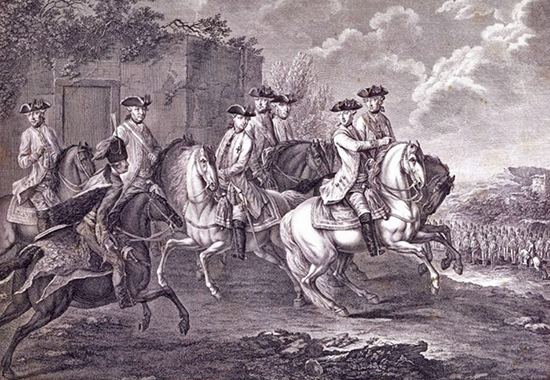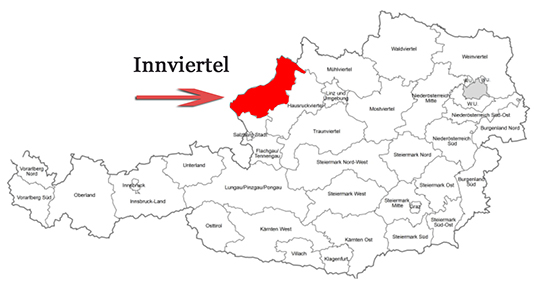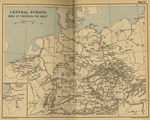|

Joseph II and His Generals in 1779
War of the Bavarian Succession
1778-1779
The War of the Bavarian Succession is also known as
Kartoffelkrieg, which is German and means
Potato War.
|
|
And that was the appropriate nickname because there were no battles fought in this
war.
All troops involved were trying to look as imposing as possible
and occupied themselves with cutting off each other's supply lines
(potatoes.)
Who Were the
Opponents?
 Frederick II the
Great Frederick II the
Great
and his Prussians
vs.
 Maria Theresa
(& Son) Maria Theresa
(& Son)
and her
 Holy Roman
Empire Holy Roman
Empire
which made it an Austro-Prussian war.
To be exact, the Prussians dubbed this conflict Potato War.
The Austrians called it Zwetschkenrummel. If you're Austrian,
a plum is a zwetschke, and a hype, a hoopla, or a commotion
is a rummel.
Image Above
Joseph II with seven of his generals
on horseback. Etching by Johann Christian Brand, 1779.
Schonbrunn Palace
|
What Was the Background of the War of the Bavarian Succession?
Bavarian elector Maximilian III
Joseph was a ruler from the
 Wittelsbach dynasty. When he died on December 30, 1777, the
Bavarian branch of the Wittelsbach family ended. Wittelsbach dynasty. When he died on December 30, 1777, the
Bavarian branch of the Wittelsbach family ended.
Next in line was Palatine elector
Charles Theodore, who was of the Palatinate branch of the
Wittelsbach family. This transition reunited the Palatinate with
Bavaria.
Austria decided this was the right time
to start a quarrel, announced claims to several portions of Charles
Theodore's new realm, and invaded them quickly.
Charles Theodore was pro-Austrian and
welcomed the move because he liked to have friends with power.
Next in line, after Charles Theodore,
would have been Charles of Zweibrücken.
Charles of Zweibrücken, of course, disagreed with Charles Theodore's way of
letting his potential inheritance decrease.
A man after Frederick the Great's own
heart, Charles of Zweibrucken and his claim was put at the helm of
Prussian foreign politics in the matter.
Frederick II the Great declared war on
July 3, 1778, and invaded Bohemia.
What Were the
Casualties of the War of the Bavarian Succession?
The casualties of this conflict were
surprisingly and devastatingly high, considering that this was a
defensive war.
Mostly due to diseases, Prussia lost
one general, 87 commanding officers, and 19,416 troops. Austria lost
five generals, 175 commanding officers, and 19,257 troops.
Who Else Was Involved?
Austrian field marshal
Moritz von Lacy and his
secretary,
 Karl Mack.
Karl Mack.
Austrian field marshal
Gideon Ernest von Laudon.
The End of the War of the Bavarian
Succession
The Peace of Teschen, signed on
May 13, 1779, ended the War of the Bavarian Succession. Behind her
son's Joseph's back, Maria Theresa made peace with Prussia. She
renounced her claims on Bavaria and received the Innviertel,
which is a region along the Inn River.
Joseph II was miffed, waited until his
mother died, and tried to barter Belgium for Bavaria. But Prussia
wouldn't allow it. Not then, not now.
Here is the Innviertel today:

Map Location of the
Innviertel (Inn Quarter) in Today's Austria
And here is the map of Frederick's wars:

Map of
Central Europe: The Wars of Frederick II the Great
Maria Theresa Quoted
But never forget: Better a mediocre peace,
than a glorious war.
Maria Theresa in 1778 to her son Joseph II
More History
|